Each piece bears the gold anchor mark, the Chelsea mark with the letter "D" (for Derby), located on the back of each figurine.
Chelsea-Derby pieces were produced for a limited period, so not many exist. Even major porcelain museums may lack Chelsea-Derby pieces in their collections. Surviving figurines of this quality are exceptionally unique.
The Chelsea porcelain manufactory was the first significant porcelain manufactory in England, established around 1743–45, operating independently until 1770. Chelsea porcelain, made from soft-paste porcelain, was produced at a factory in Chelsea, London, founded in 1743 by Charles Gouyn and Nicolas Sprimont, the latter a silversmith. By the 1750s, Sprimont had become the sole manager, and Chelsea's greatest achievements arose from his leadership and creativity. In 1769, the factory was sold to James Cox, who then sold it a year later to William Duesbury of Derby, Derbyshire. Duesbury maintained production until 1784, producing what is generally referred to as Chelsea-Derbyware. In that year, the kilns and workshops at Chelsea were demolished; many molds were destroyed, and others were moved to Derby. During its 25 years of existence, the Chelsea factory produced many masterpieces, which are highly prized by collectors worldwide.
Girl: height 17.5 cm, width 7 cm, depth 8 cm, weight 414 grams.
Condition: Chips on the ears of the sheaf she is holding and on the leaves of the flower in her left hand; otherwise in excellent antique condition.
Boy: height 16.5 cm, width 7 cm, depth 7.5 cm, weight 400 grams.
Condition: Chip on the bundle of brushwood and a missing half of the handle holding the bundle; other
Please study the accompanying photographs carefully as they form an integral part of this description. The item will be shipped with full tracking and insurance. It is important to note that shipping costs include labour, packaging and postage.wise in excellent condition.


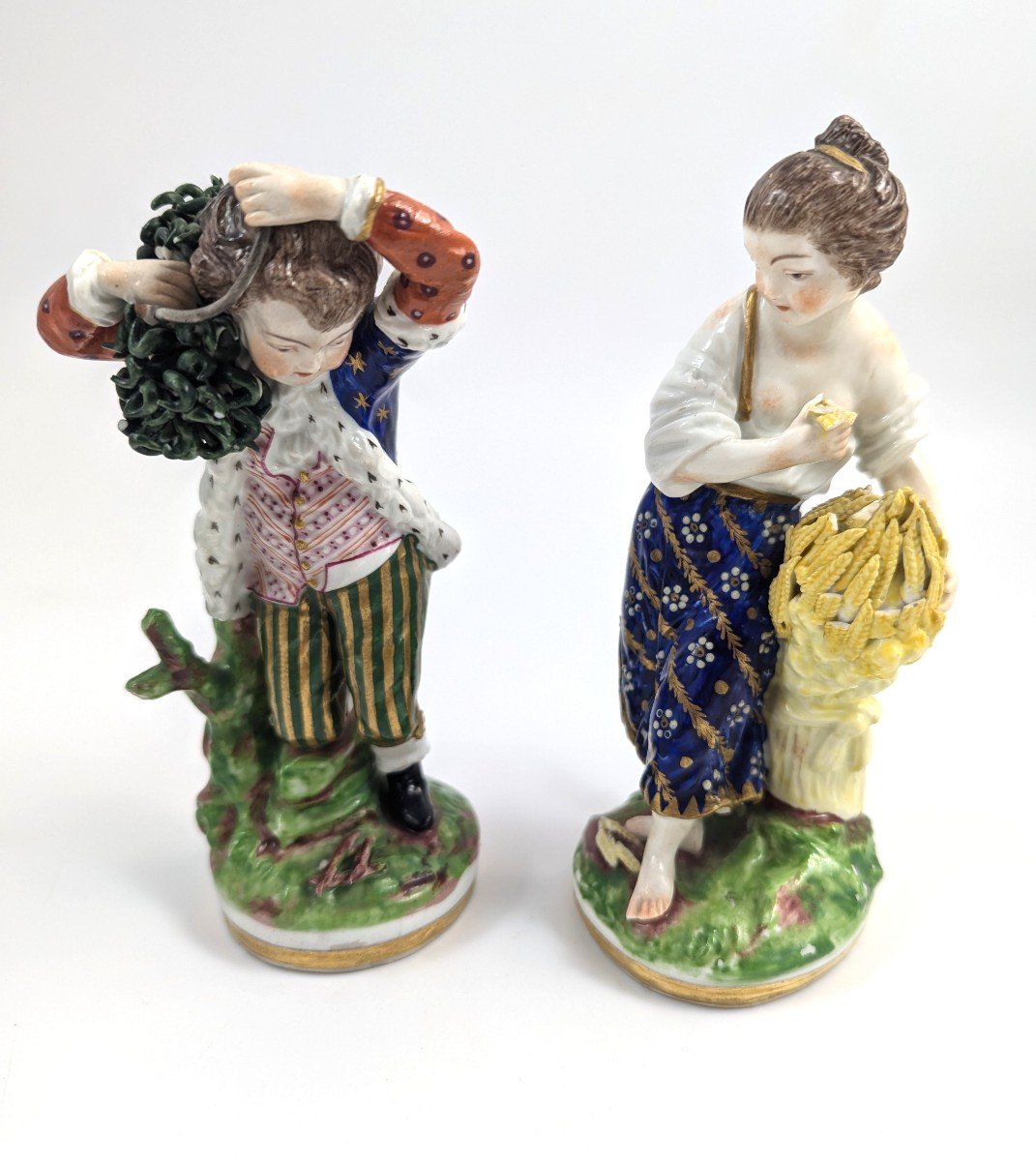
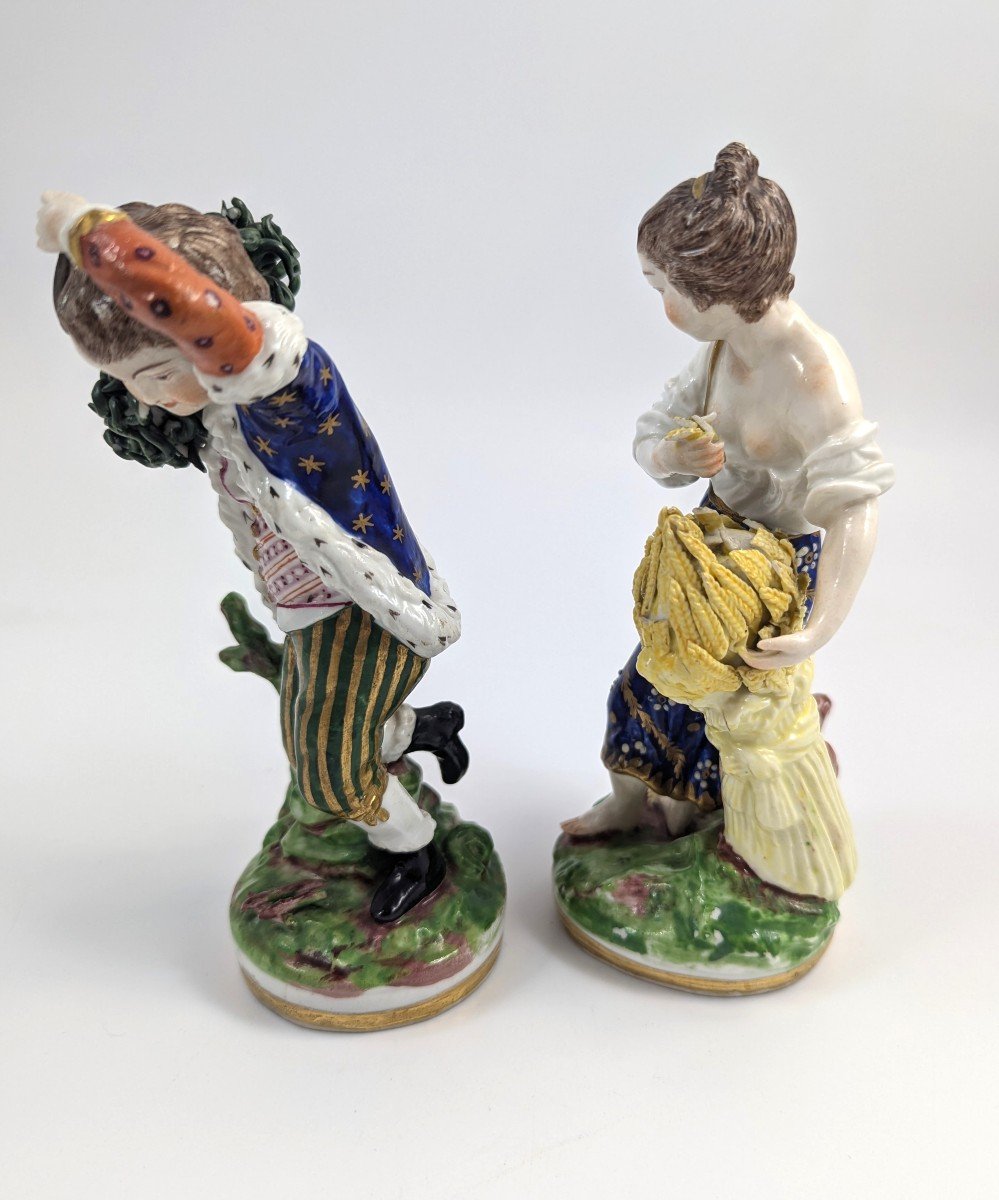
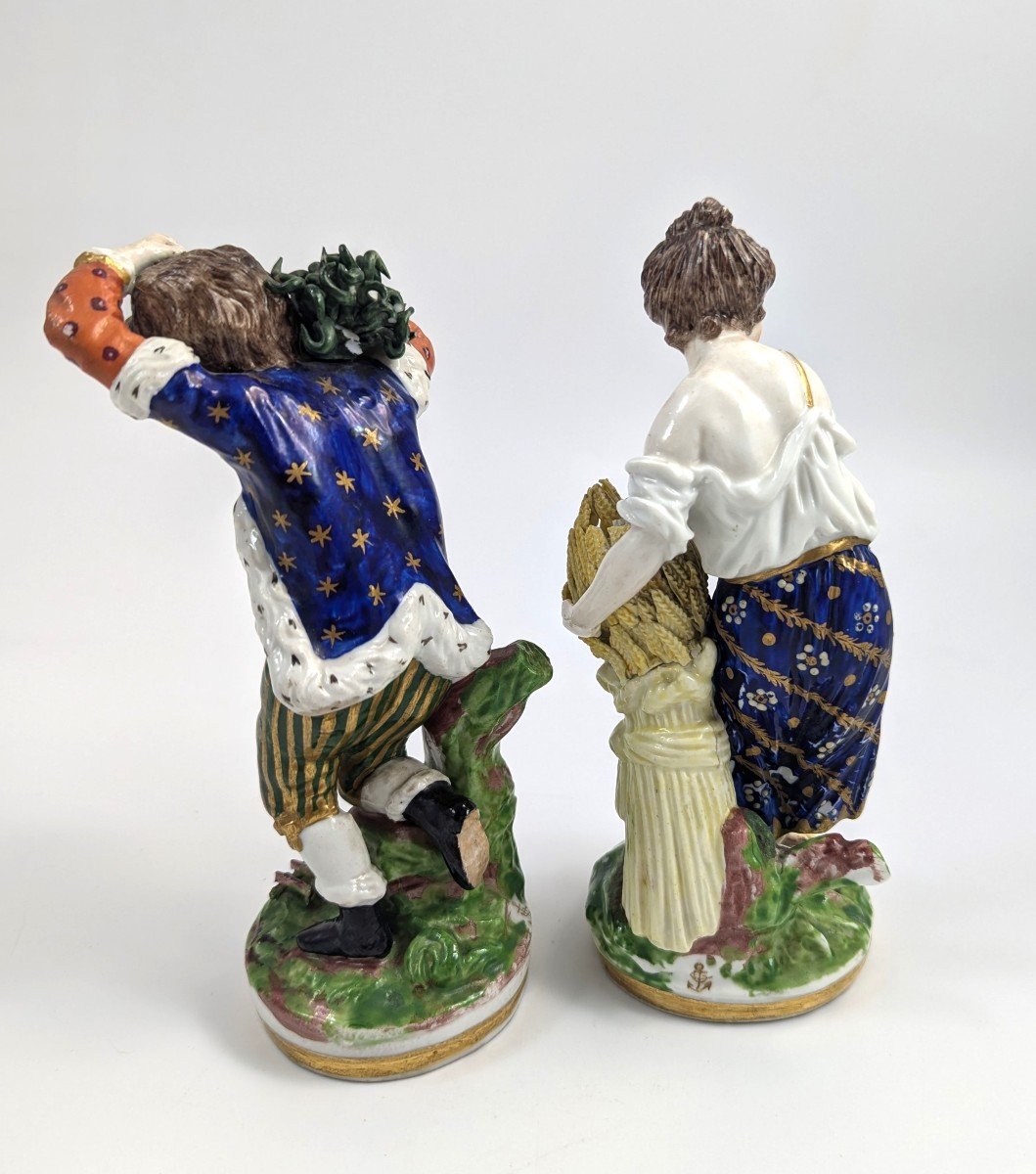
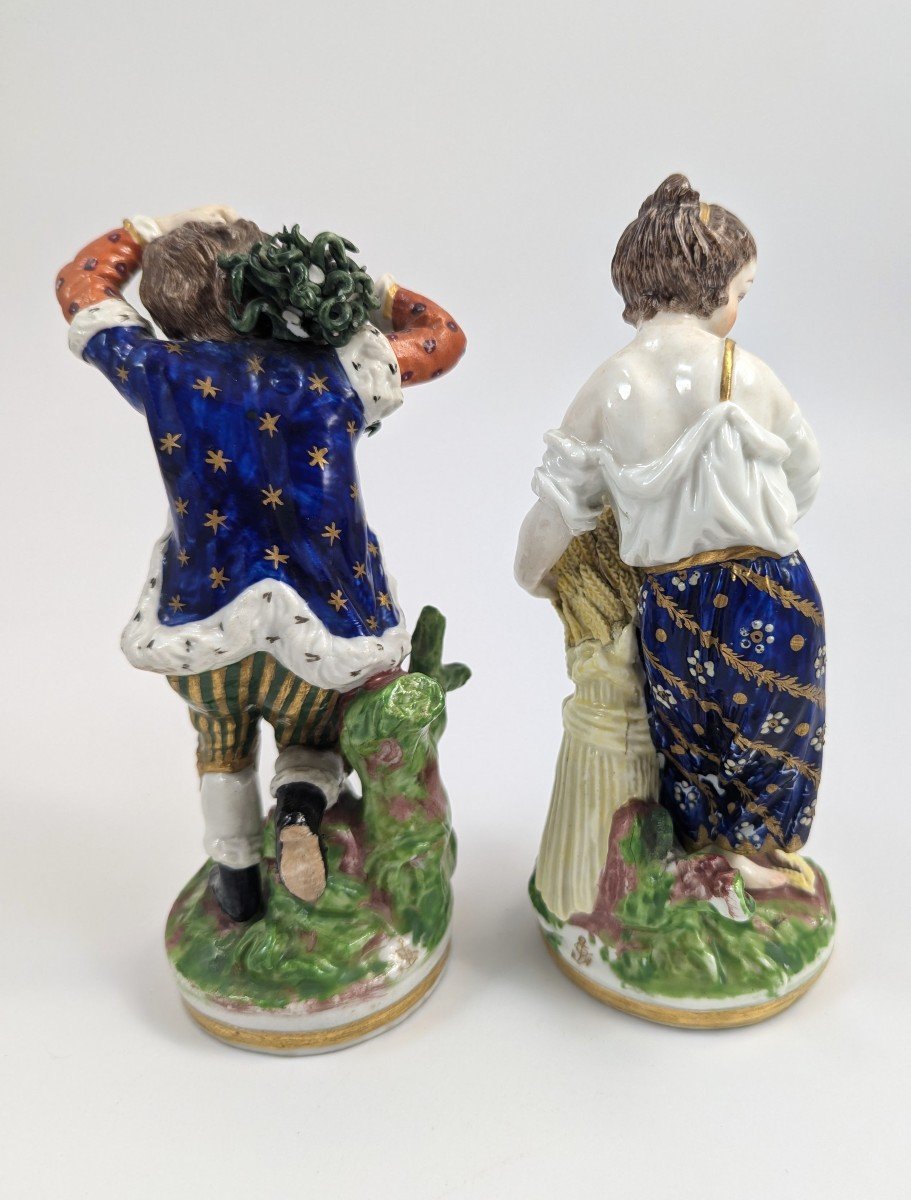
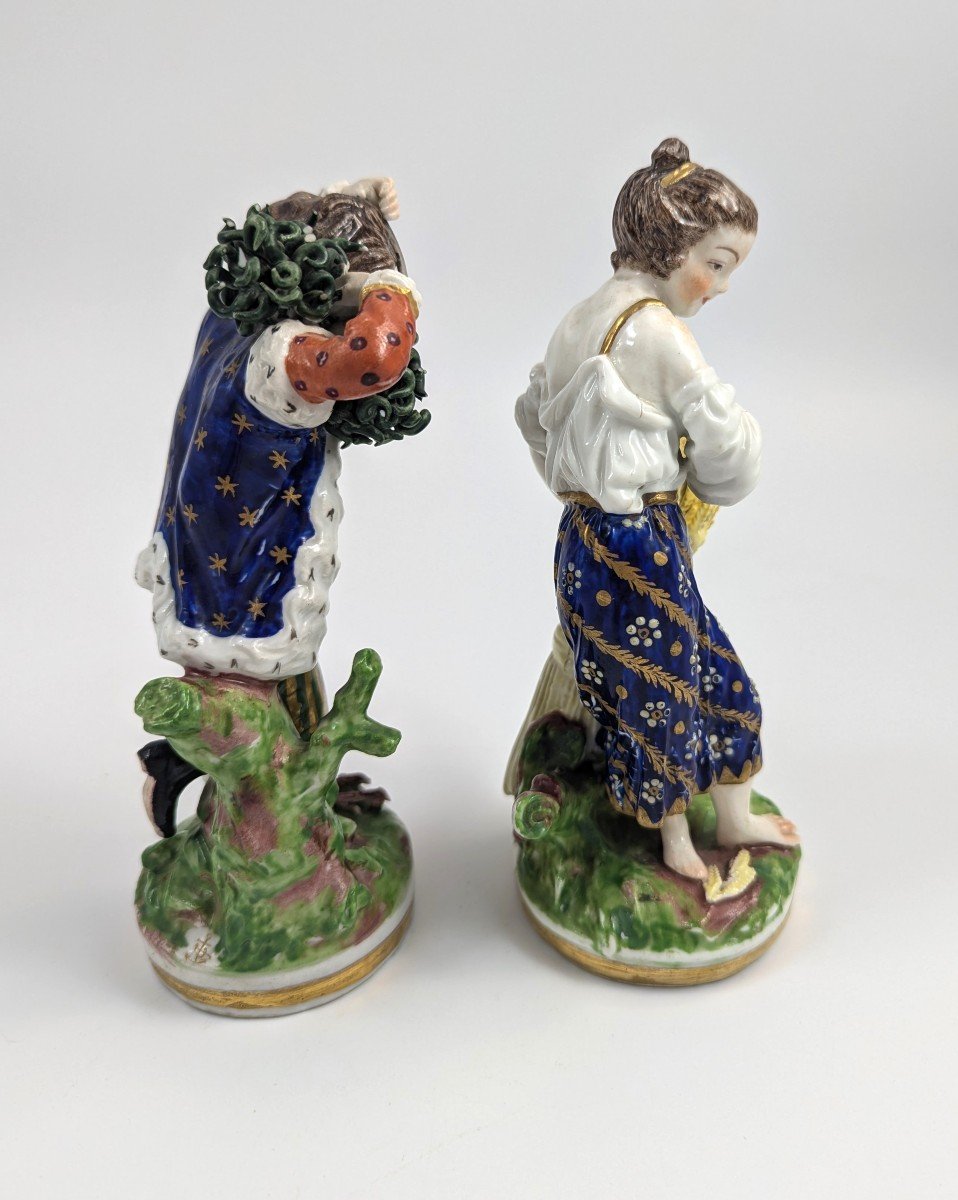
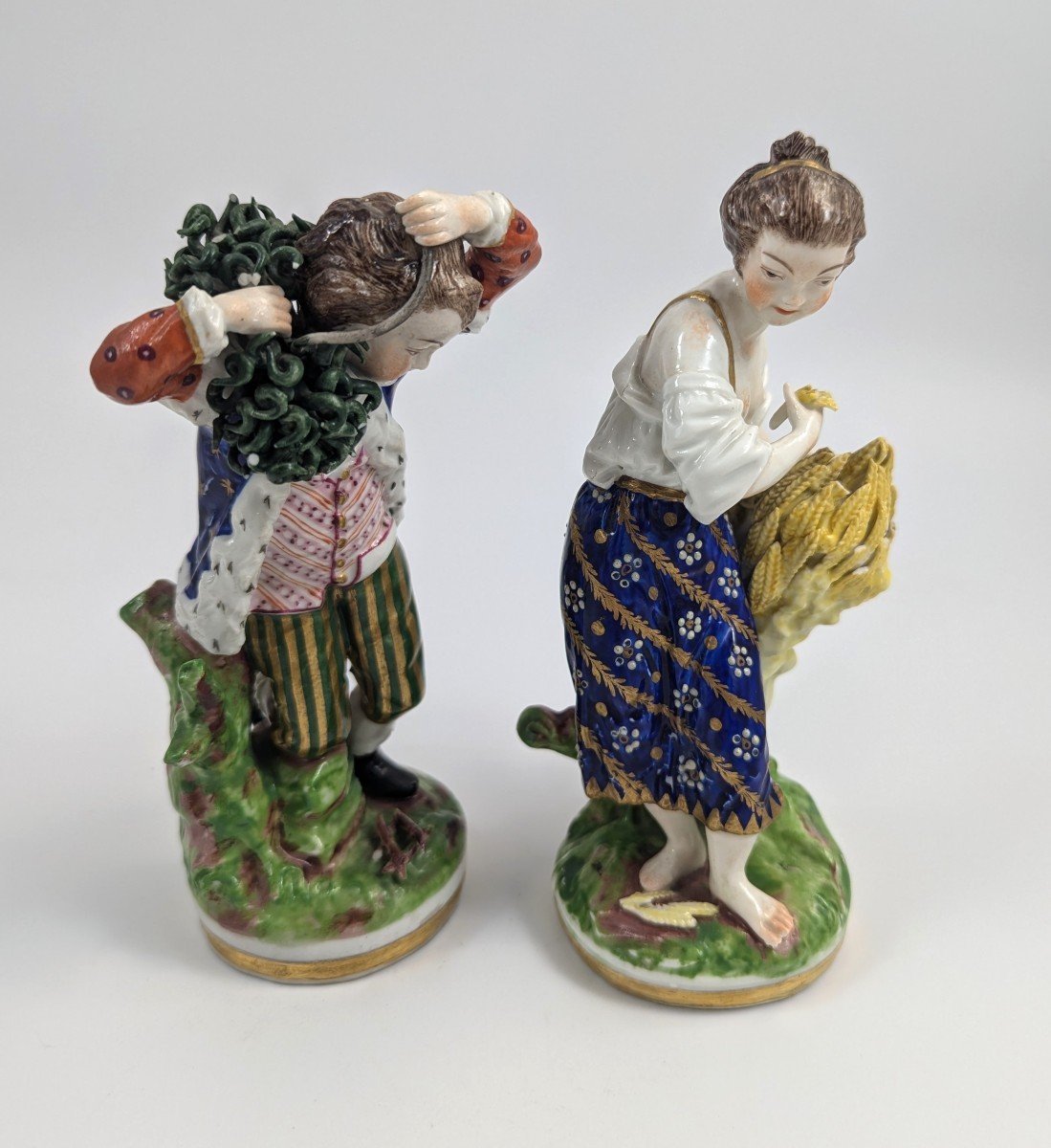
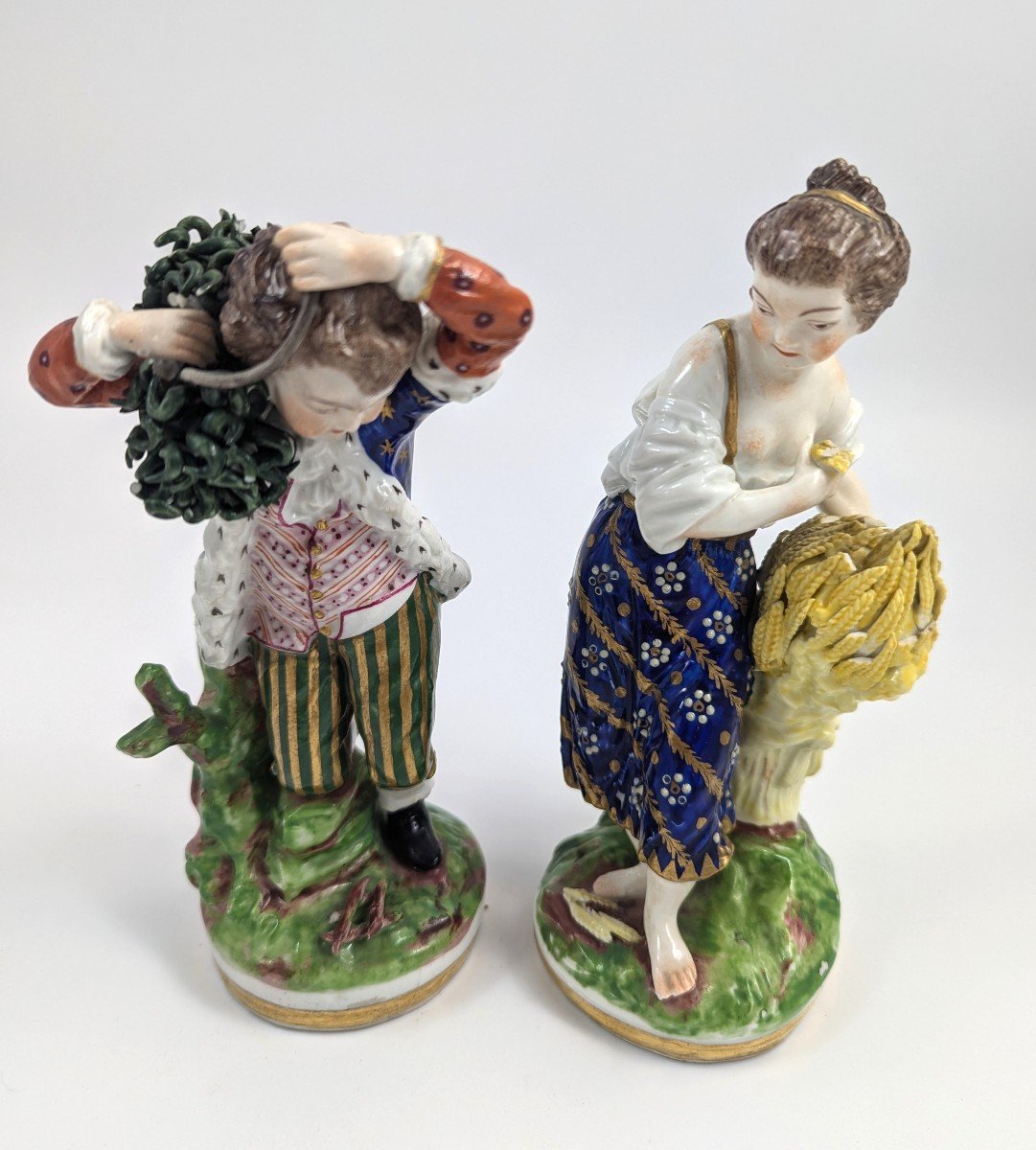
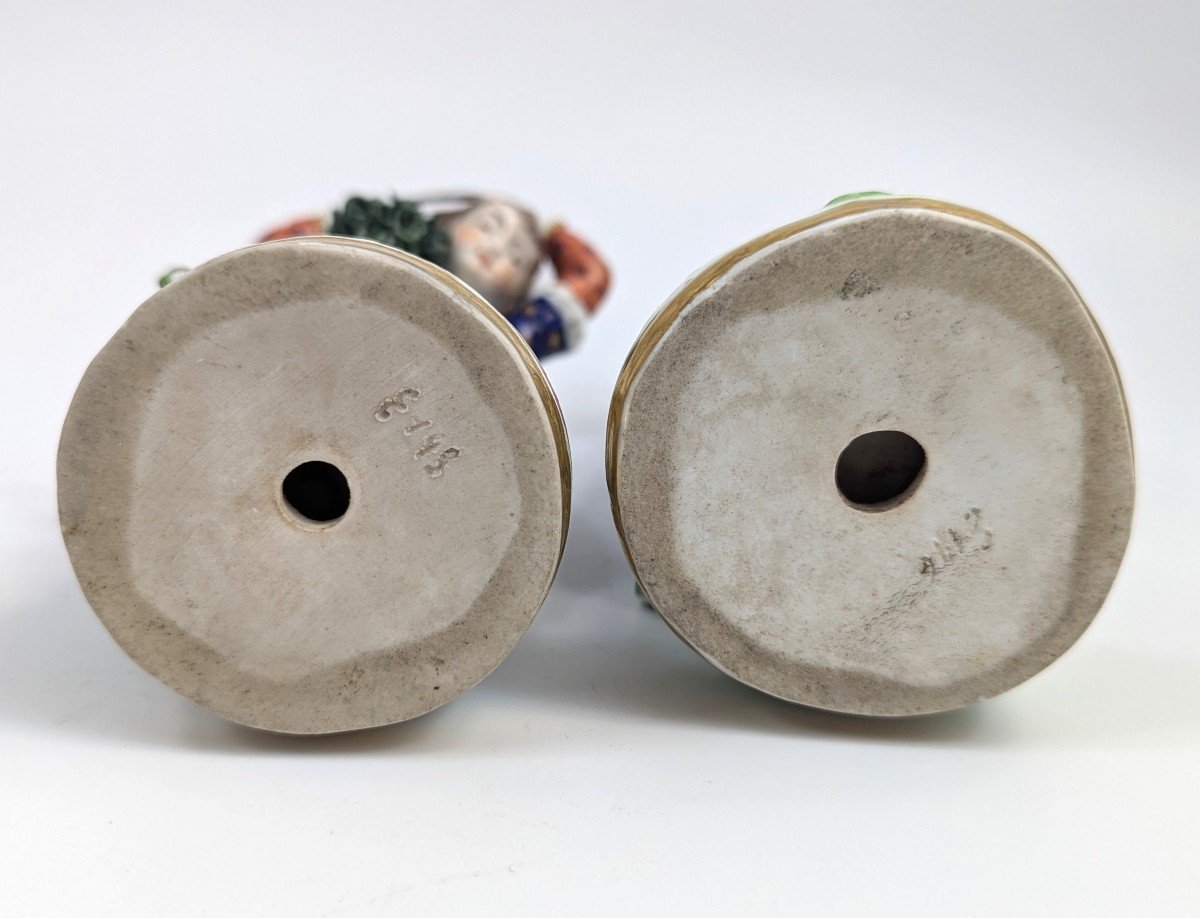
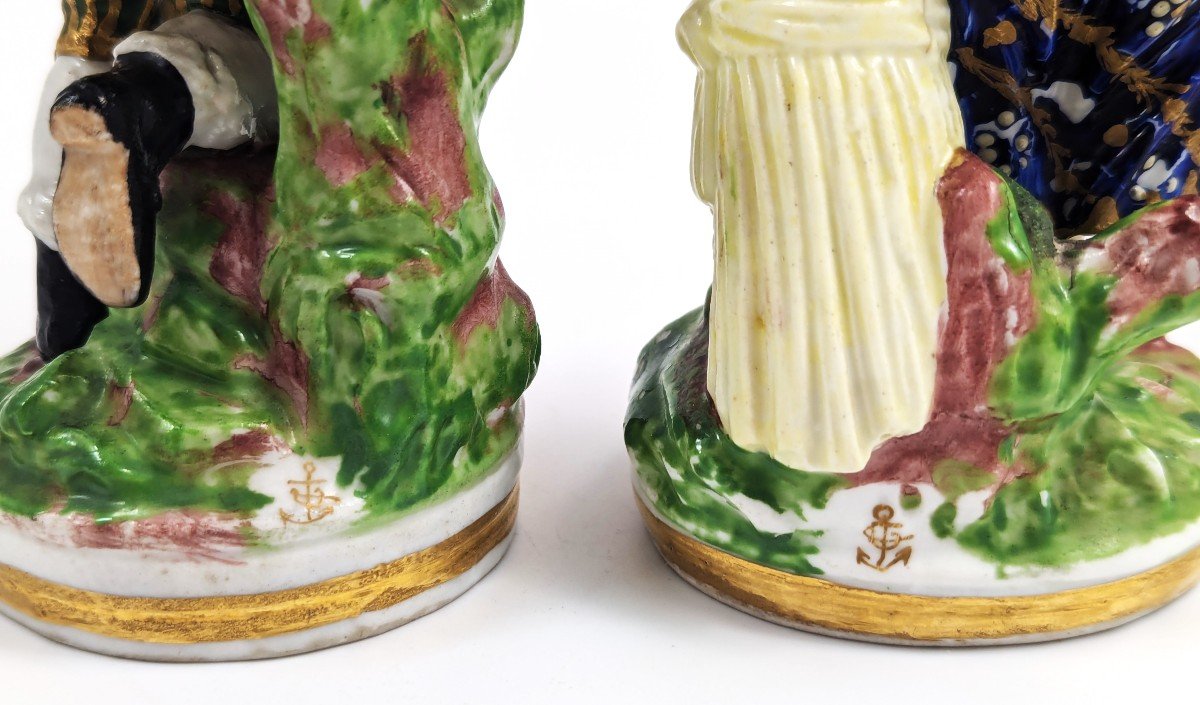
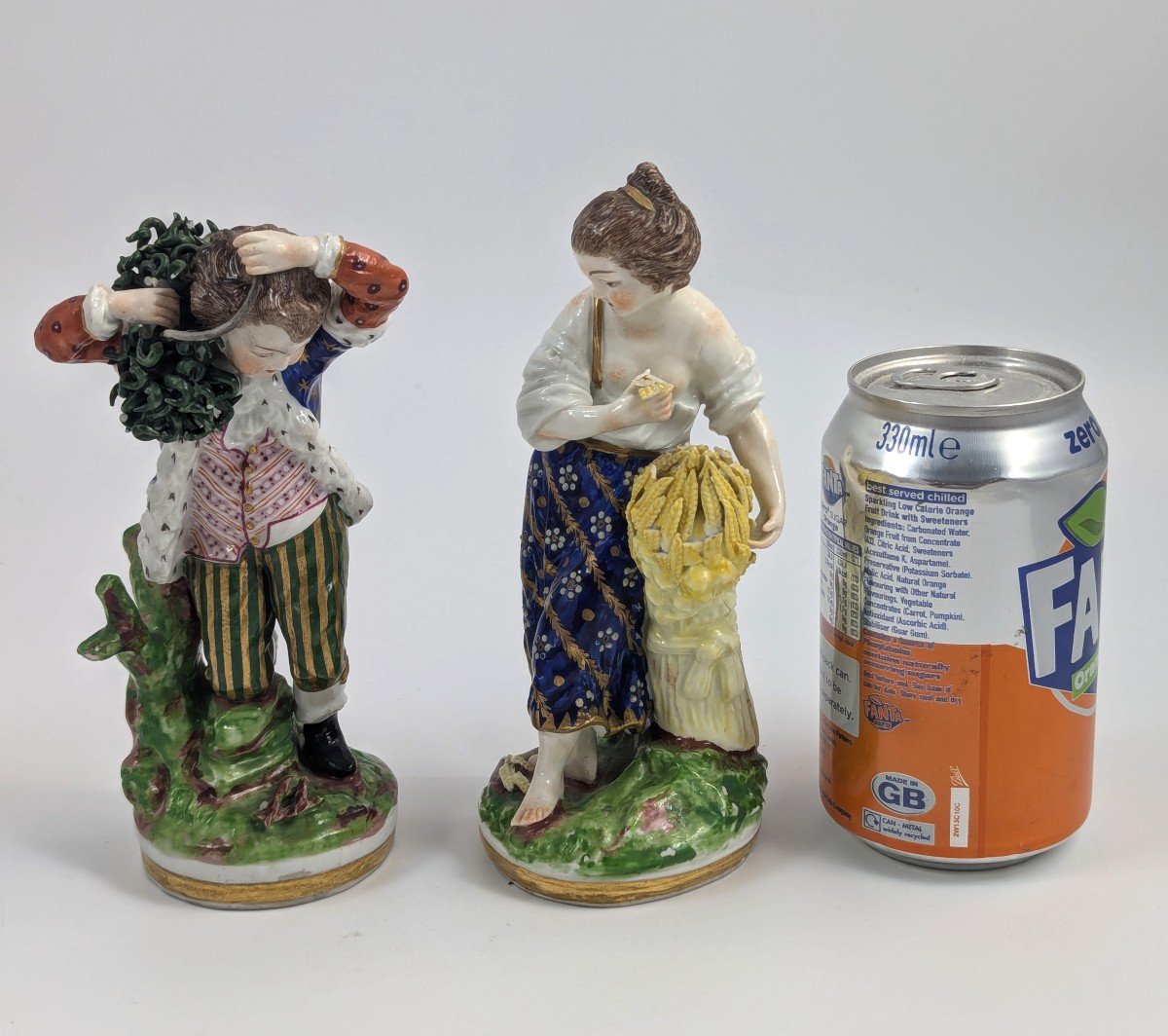
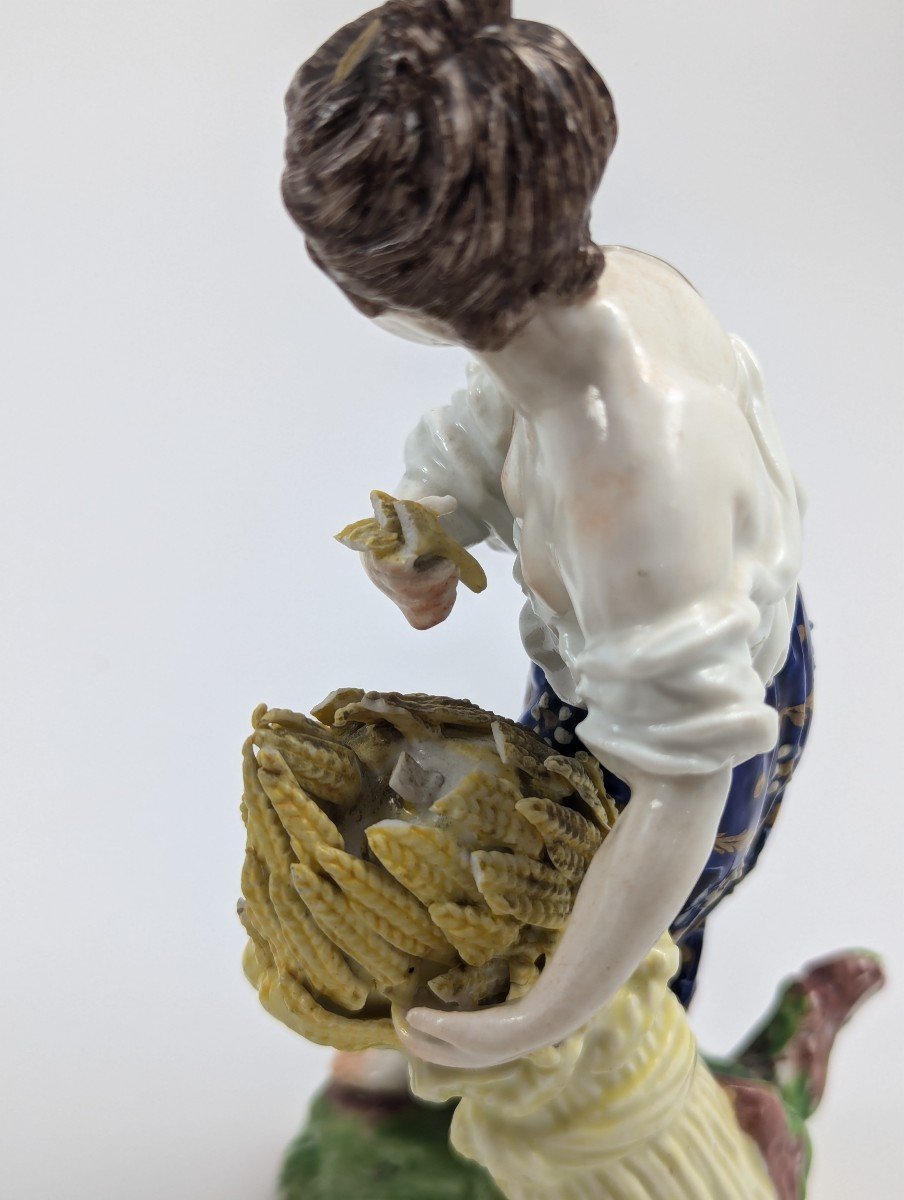
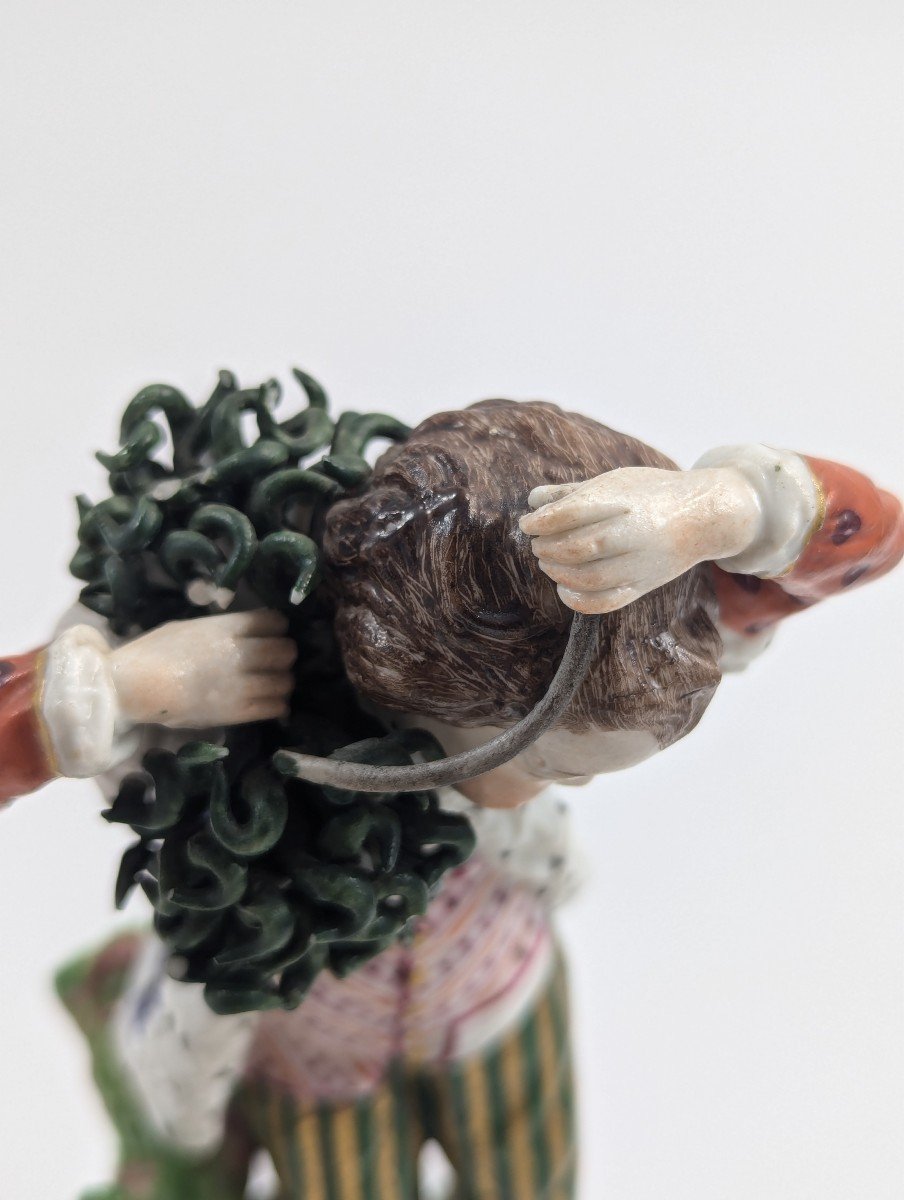
















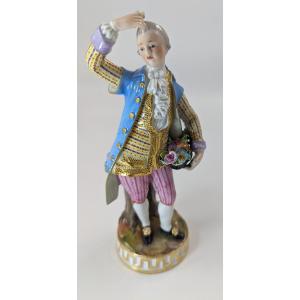










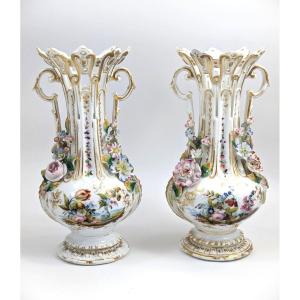








 Le Magazine de PROANTIC
Le Magazine de PROANTIC TRÉSORS Magazine
TRÉSORS Magazine Rivista Artiquariato
Rivista Artiquariato